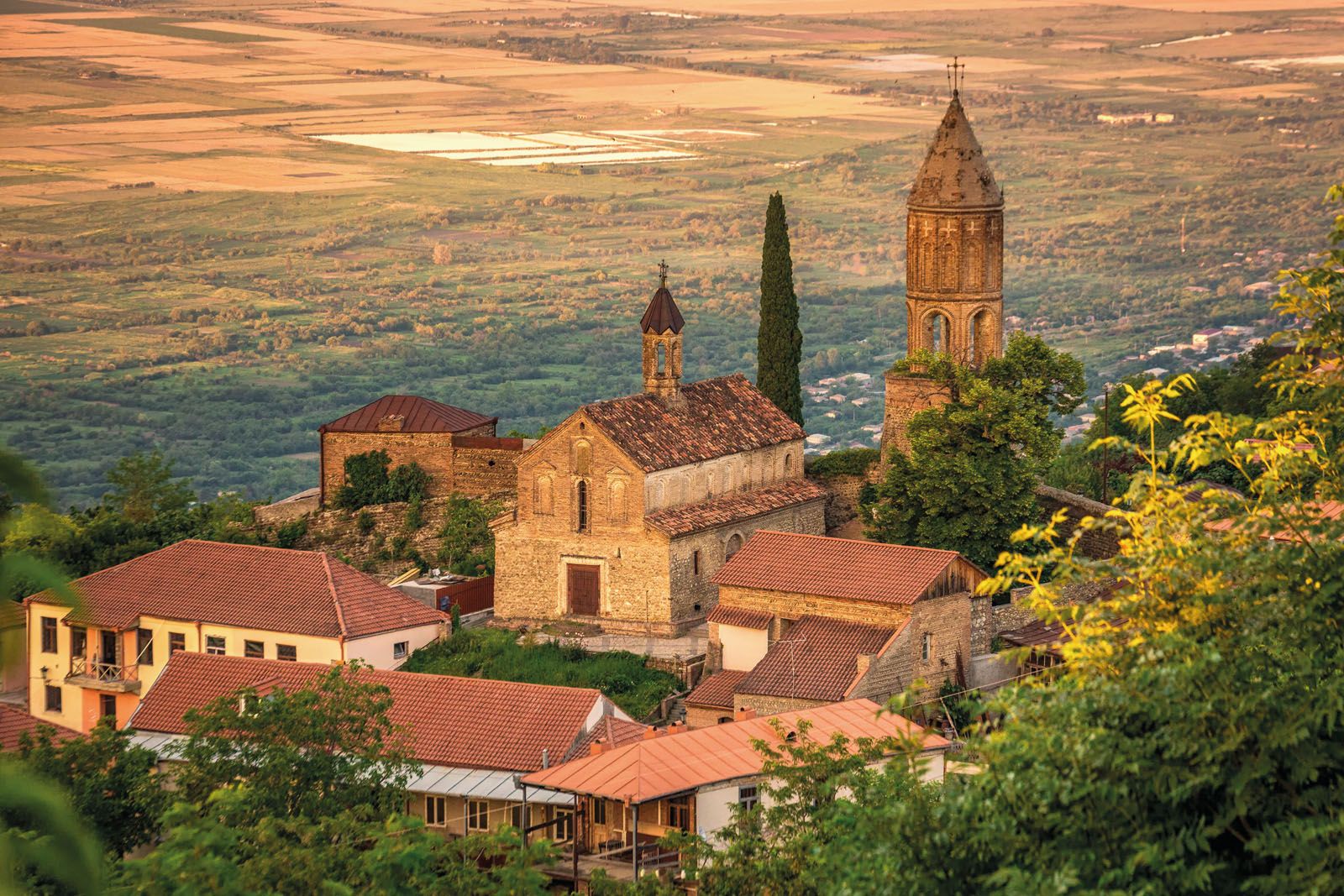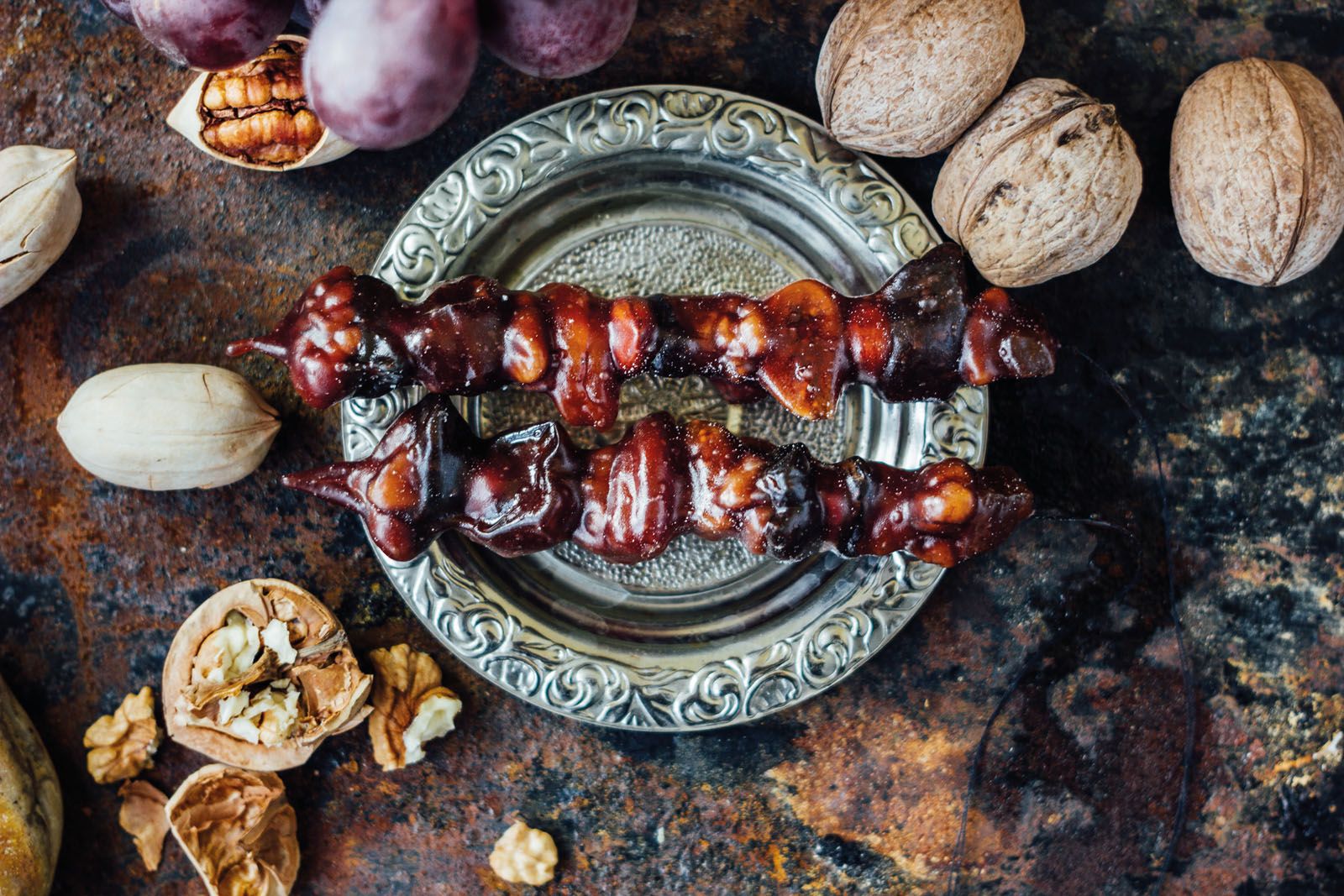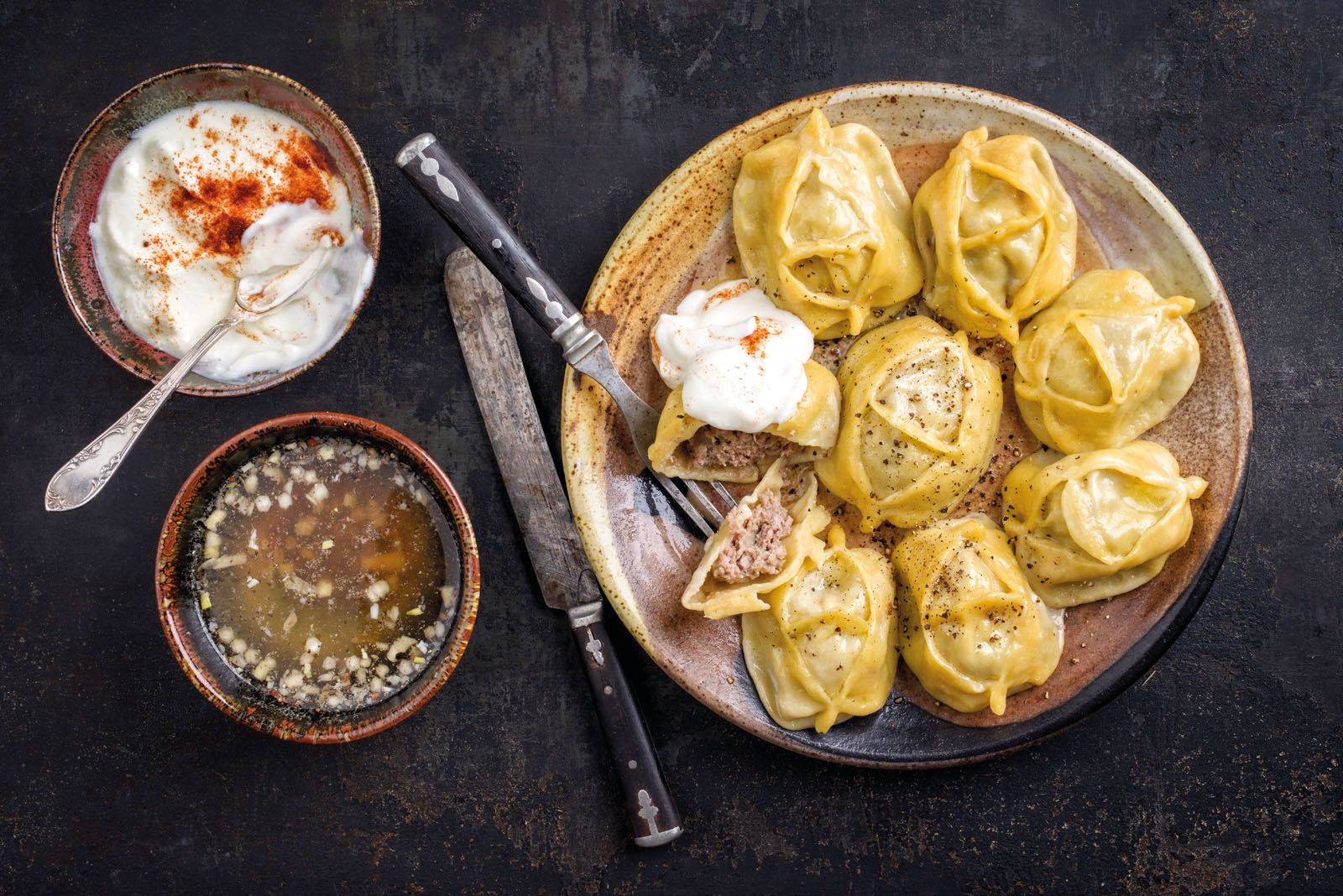Fuelled by an appetite for the unknown, we discover under-explored destinations with a whole world of culinary riches to offer
As our planet gets smaller and more accessible, so grows our knowledge and appreciation of the world’s ingredients and cuisines. Ten years ago, kimchi, dukkah or leche de tigre would only have been known by serious culinary nerds outside their countries of origin. But even today’s most experienced global gourmands would be hard-pushed to pronounce—let alone recognise—khachapuri, beshbarmak or pkhali. Welcome to two countries at the last culinary frontiers: Georgia and Kazakhstan.
See also: 5 Luxury Hotels That Take Farm-To-Table Dining Seriously
Both destinations are culturally and geographically very distinct, but they work together beautifully as part of a weeklong trip from Southeast Asia. Air Astana, winner of the Skytrax award for best airline in Central Asia and India for six years running, offers a very comfortable business-class product to connect with Kazakhstan’s former capital of Almaty or its current capital of Astana, before heading on to the beguiling Georgian capital of Tbilisi. What’s more, flights to get there take under five hours, while the time difference is just two hours, meaning that there’s little or no adjustment needed.

Arriving in Almaty, one is struck first by the beautiful snow-capped mountains framing any shot of the city, then by the mix of faces and ethnicities that make up the country’s population—a total of 18 million spread across the vast nation, the world’s ninth-largest in terms of geographical size. The occasional clapped-out Lada reminds visitors that this was formerly part of Russia, as does the ubiquity of some terrifying-looking vodka. The food, however, largely reflects traditional Kazakh nomad cuisine, eaten by those living in the often-harsh environment of the steppes.





